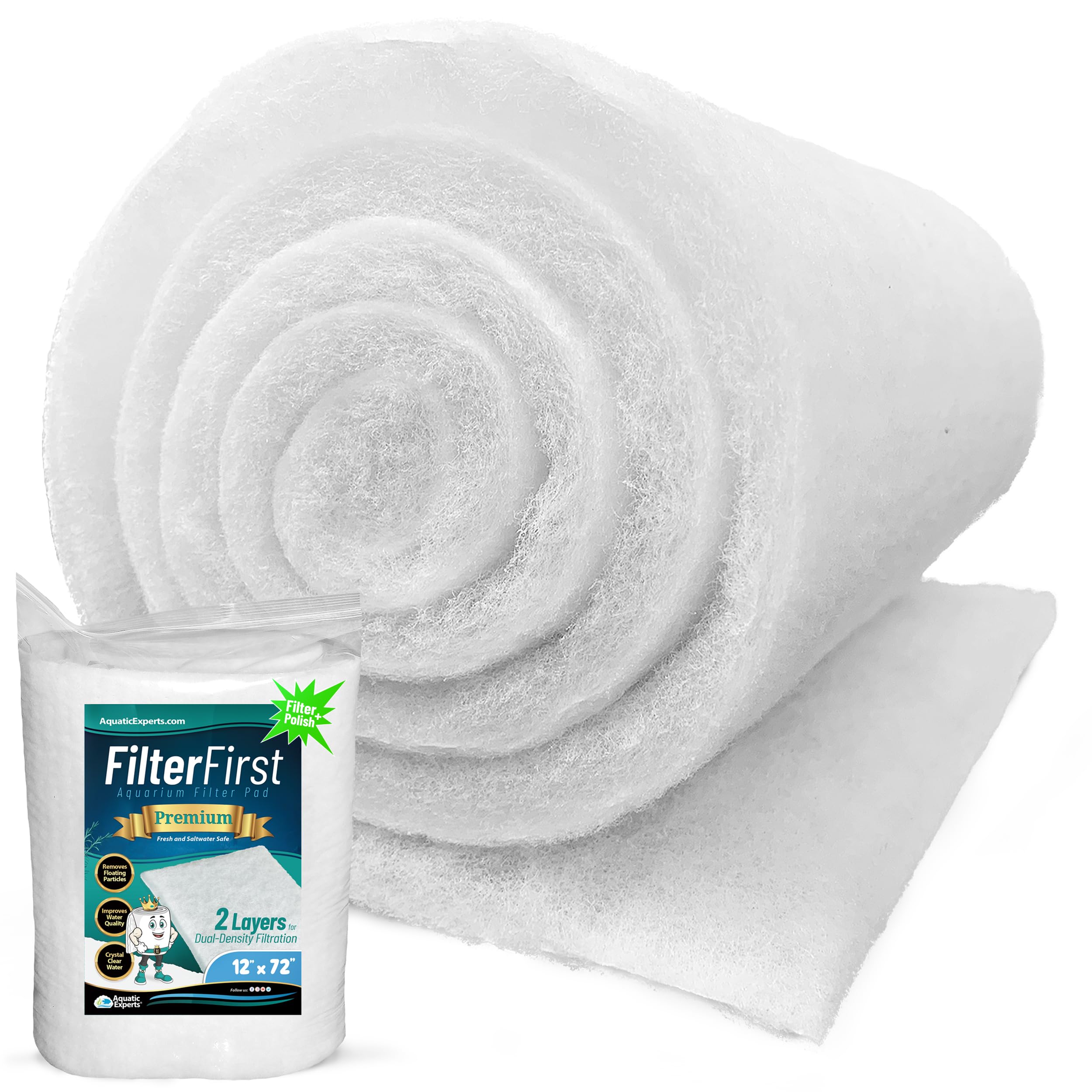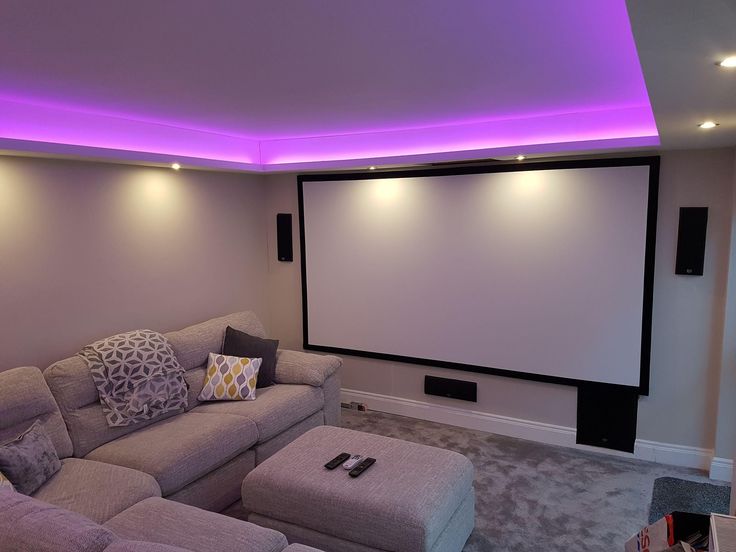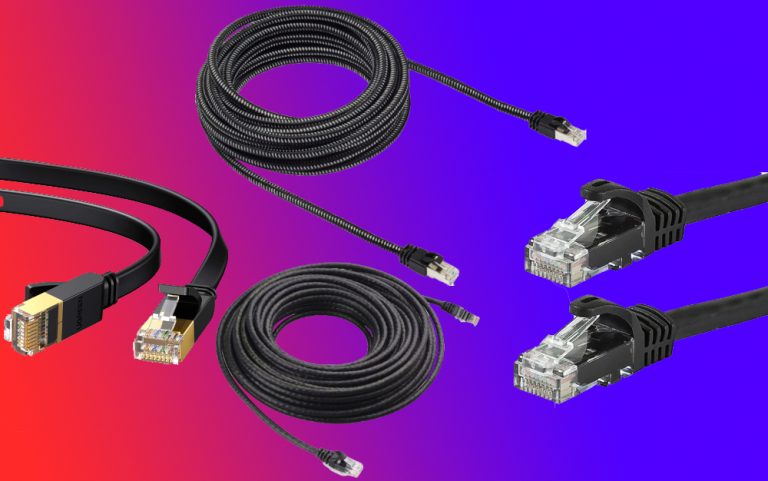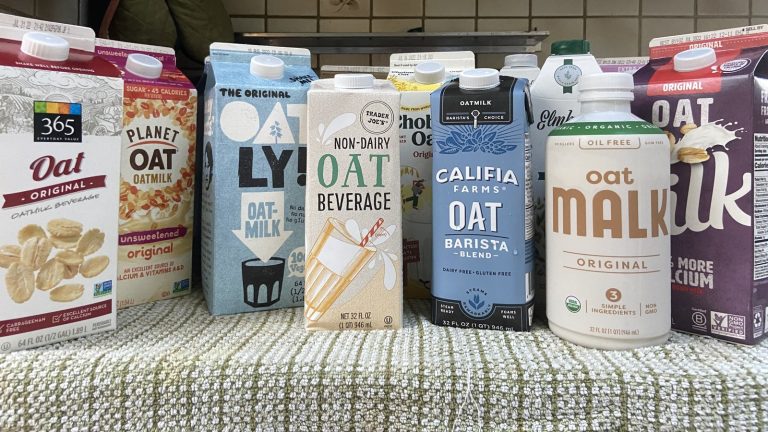9 Best Aquarium Filters: Top Choices for Crystal Clear Water in Every Tank Size
Choosing the right aquarium filter can make or break your aquatic environment. A good filter ensures your tank stays clean, your water stays clear, and your fish stay healthy. But with so many options out there, how do you know which one is the best for your setup?
In this article, we’ll dive into the 9 best aquarium filters available today. Whether you’re a seasoned aquarist or just starting, you’ll find the perfect filter to keep your underwater world thriving. Let’s explore the top picks that combine efficiency, ease of use, and reliability.
Sponge Filters: Affordable and Efficient
Sponge filters are a cost-effective yet efficient solution for maintaining your aquarium environment.
Overview of Sponge Filters
Sponge filters use a simple design consisting of a sponge attached to an air pump. Water passes through the sponge, where beneficial bacteria break down harmful substances, providing both mechanical and biological filtration. They are particularly popular in breeding and shrimp tanks due to their gentle filtration.
Pros and Cons of Using Sponge Filters
Pros
- Affordability: Sponge filters are inexpensive, making them accessible for any budget.
- Ease of Use: They are simple to install and maintain, ideal for beginners.
- Safe for Fish: Their gentle filtration is safe for fry and delicate species.
- Biological Filtration: They excel in providing a habitat for beneficial bacteria, crucial for a healthy tank.
- Limited Mechanical Filtration: They may not handle large debris effectively.
- Aesthetic Issues: The visible sponge can be less aesthetically pleasing.
- Air Pump Noise: The noise from air pumps can be bothersome in quiet environments.
Canister Filters: High-Performance Filtration
Canister filters offer powerful and efficient filtration for various aquarium setups. They excel in delivering comprehensive mechanical, biological, and chemical filtration.
Benefits of Canister Filters
- Powerful Filtration: Canister filters handle a high volume of water with ease, ensuring thorough cleaning.
- Versatility: These filters accommodate different media types, allowing you to customize filtration.
- Quiet Operation: Canister filters operate quietly, making them suitable for living spaces.
- Large Capacity: They typically have more space for filter media, enhancing their filtration efficiency.
- Flexible Installation: Canister filters can be placed beneath or next to the aquarium, keeping the tank area uncluttered.
- Large Tanks: Ideal for large tanks, canister filters manage high bioloads and large water volumes efficiently.
- Planted Aquariums: For planted tanks, they provide superior water flow and maintain water quality without disturbing plants.
- Heavily Stocked Tanks: In heavily stocked tanks, canister filters offer the robust filtration needed to keep water parameters stable.
- Show Tanks: Perfect for show tanks, they keep the aquarium aesthetically pleasing by hiding filtration components.
By incorporating canister filters, you ensure a healthy environment for your aquatic life with minimal maintenance.
Power Filters: Popular for All Levels
Power filters are among the most popular aquarium filtration options. Suitable for beginners and professionals alike, these filters offer a balance of efficiency and ease of use.
Key Features of Power Filters
Ease of Installation
Quick to install, power filters typically hook onto the back of your tank. These units often come with straightforward instructions.
Effective Filtration
Featuring three-stage filtration, they handle mechanical, biological, and chemical impurities. This ensures your tank stays clean and healthy.
Adjustable Flow Rates
Many models come with adjustable flow rates. This lets you customize the water flow to suit different types of aquariums.
Convenience
Power filters often include replaceable cartridges. These are easy to swap out, making maintenance a breeze.
Comparing Power Filters with Other Types
Versatility Compared to Sponge Filters
Unlike sponge filters, power filters are versatile. They work well for both small and large tanks, providing more robust filtration.
Efficiency Compared to Canister Filters
While canister filters offer superior filtration for large tanks, power filters provide a more compact and user-friendly option. They’re often quieter and require less frequent maintenance.
Undergravel Filters: Simple Yet Effective
Undergravel filters are a straightforward and effective option for keeping your aquarium clean. These filters are cost-efficient and ideal for both beginners and seasoned aquarists.
How Undergravel Filters Work
Undergravel filters utilize a perforated plate placed beneath the gravel substrate. Water flows through the gravel, pulling down waste and debris. An air pump or powerhead drives the water circulation through the uplift tubes. This setup supports biological filtration as beneficial bacteria colonize the gravel and substrate.
Advantages and Limitations
Undergravel filters offer several advantages, including simplicity, affordability, and minimal visual impact. They’re easy to maintain and provide excellent biological filtration. Additionally, they help aerate the tank’s substrate, promoting healthy plant growth.
However, these filters have limitations. They may be less effective in heavily stocked tanks or those with large debris. Cleaning the gravel and the filter plate can be challenging and requires regular attention to prevent clogging. Undergravel filters also may not suit tanks with delicate plants or fine substrates that can get trapped in the filter.
HOB (Hang on Back) Filters: Convenient and Powerful
HOB filters, also known as Hang on Back filters, are popular for their ease of use and efficiency. They’re perfect for both novice and experienced aquarists seeking an effective filtration system.
Understanding HOB Filters
HOB filters hang on the back of your aquarium, pulling water through an intake tube. Water passes through multiple filter media stages, providing mechanical, chemical, and biological filtration. They’re convenient, often requiring minimal setup, and can be easily customized with different filter media.
Selecting the Right HOB Filter for Your Tank
Choose an HOB filter based on your tank size and fish load. Look for a filter with adjustable flow rates to suit different tank needs. Make sure it’s rated for at least twice the volume of your tank for optimal performance. Check for ease of maintenance features like removable media baskets and quiet operation to avoid disturbing your aquatic life.
Internal Filters: Space-Saving Solutions
Internal filters are compact and fit within the tank, making them a great choice if you’re tight on space.
Key Characteristics of Internal Filters
Internal filters combine efficiency with discretion. They provide both mechanical and biological filtration, ensuring clean and healthy water. Most models have adjustable flow rates, so you can optimize water current based on your aquarium’s needs. Since they’re entirely submerged, they run quietly and don’t contribute to visual clutter. Typical installation involves suction cups for easy placement anywhere inside the tank.
Best Aquarium Sizes for Internal Filters
Internal filters work best in small to medium-sized aquariums, generally up to 40 gallons. They’re ideal for starter tanks, quarantine tanks, or breeding setups due to their space-efficient design. For larger tanks (over 40 gallons), you may need multiple internal filters or consider supplementing with an additional filtration system like a canister or HOB filter for adequate water quality maintenance.
Wet/Dry Filters: High Efficiency in Filtration
Introducing Wet/Dry Filters
Wet/Dry filters, also known as trickle filters, excel in providing biological filtration for your aquarium. They work by exposing the tank water to air, which promotes beneficial bacterial growth, enhancing the breakdown of ammonia and nitrites.
Pros and Cons of Wet/Dry Filters
- High Efficiency: Wet/Dry filters offer superior biological filtration, making them ideal for heavily stocked tanks.
- Oxygenation: They increase oxygen levels in the water, benefiting fish and plant life.
- Versatility: These filters can handle large volumes of water, suitable for both saltwater and freshwater setups.
- Setup Complexity: Installing a Wet/Dry filter can be more complex compared to other types, requiring careful planning.
- Space Requirements: They often need additional space beneath or behind the tank, which might not be ideal for smaller setups.
- Cost: Wet/Dry filters tend to be more expensive than simpler filtration systems, making them a larger investment.
Fluidized Bed Filters: Advanced Filtration Technology
Fluidized bed filters represent some of the most advanced filtration technology available for aquarium enthusiasts. Their sophisticated design provides highly efficient biological filtration.
Exploring the Mechanism of Fluidized Bed Filters
Fluidized bed filters work by suspending media, usually sand or other small particles, in a constant flow of water. This process creates a “fluidized bed” where beneficial bacteria can colonize. These bacteria break down ammonia and nitrites, converting them into less harmful nitrates. The continuous movement ensures that the entire surface area of the media is in contact with the water, maximizing the filtration efficiency.
Applicability and Effectiveness
Fluidized bed filters are particularly effective for maintaining stable water quality in both freshwater and saltwater tanks. They excel in heavily stocked aquariums where ammonia levels can rise quickly. Although they require a pump to maintain the flow, their efficiency in breaking down waste makes them a valuable addition to any aquarium setup. However, they might not be suitable for small tanks due to the space needed for the fluidized media and the necessary pump.
The Top 9 Best Aquarium Filters
Having the right aquarium filter is crucial for maintaining water quality and ensuring the health of your fish. Here are the top 9 best aquarium filters, based on performance, ease of use, and customer satisfaction.
Recommendations and Reviews
- Fluval FX6 Canister Filter
The Fluval FX6 offers powerful filtration for large tanks up to 400 gallons. Its multi-stage filtration system ensures superior water quality, and the smart pump technology optimizes performance by monitoring and adjusting flow rates. - AquaClear 110 HOB Filter
Known for its reliability, the AquaClear 110 Hang-On-Back filter is suitable for tanks up to 110 gallons. It features a refiltration system that allows water to pass through the filter multiple times per cycle, maximizing efficiency. - MarineLand Penguin 350 BIO-Wheel Power Filter
Ideal for tanks up to 75 gallons, the MarineLand Penguin 350 uses BIO-Wheel technology to provide outstanding biological filtration. Its dual cartridges also enhance mechanical and chemical filtration. - Eheim Classic External Canister Filter 2217
The Eheim Classic 2217 is celebrated for its robust construction and quiet operation. Suitable for tanks up to 159 gallons, it offers efficient biological, chemical, and mechanical filtration. - Tetra Whisper IQ Power Filter
Designed for aquariums up to 90 gallons, the Tetra Whisper IQ combines quiet operation with a self-priming feature. It uses bio-scrubbers to ensure effective biological filtration and has an easy-to-change cartridge system. - SunSun HW-304B Pro Canister Filter
The SunSun HW-304B is a budget-friendly option for large tanks, providing effective filtration for up to 150 gallons. It includes UV sterilization to help control algae spores and harmful bacteria. - Hydor Professional External Canister Filter
The Hydor Professional is ideal for aquariums up to 150 gallons. It features easy priming and offers comprehensive filtration through multiple stages, making it suitable for both freshwater and saltwater environments. - Aqueon QuietFlow LED PRO
The Aqueon QuietFlow LED PRO is perfect for tanks up to 75 gallons. It features a LED indicator for cartridge replacement and a five-stage filtration system to maintain crystal clear water. - Seachem Tidal 110 HOB Filter
The Seachem Tidal 110 is highly customizable and suited for tanks up to 110 gallons. It includes a surface skimmer and self-cleaning impeller, ensuring minimal maintenance and optimal performance.
- Regular Cleaning
Clean your filter media regularly, but not all at once, to avoid disrupting beneficial bacteria. Rinse mechanical parts in tank water, never tap water, to preserve the biofilter.
Conclusion
Choosing the right aquarium filter is crucial for maintaining a healthy and thriving aquatic environment. Each type of filter has its unique advantages and limitations, so it’s essential to consider your tank size and specific needs. Whether you opt for a canister filter, HOB filter, or a more advanced system like a fluidized bed filter, regular maintenance is key to ensuring optimal performance. With options like the Fluval FX6, AquaClear 110, and Seachem Tidal 110, you’re sure to find a filter that meets your requirements and keeps your aquarium in top condition.






